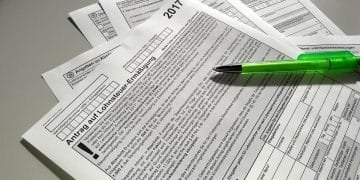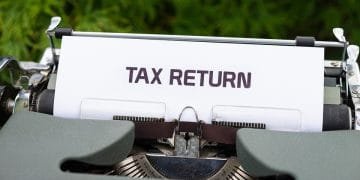When it comes to building long-term wealth, tax efficiency is key. By incorporating tax-free investment strategies into your financial plan, you can grow your assets more effectively without giving a significant portion away to the IRS. Let’s dive into some tax-free investment options that can help you build wealth while keeping more of your hard-earned money.
1. Roth IRA
One of the most popular tax-free investment vehicles is the Roth IRA. Contributions to a Roth IRA are made with after-tax dollars, but the real benefit comes when you retire. Your withdrawals, including earnings, are tax-free if you follow the rules. That means no taxes on your gains, no matter how much your investments grow over time.
Roth IRAs are especially powerful if you expect to be in a higher tax bracket in the future or if you want to ensure your retirement income won’t be taxed. It’s a go-to strategy for many who want to maximize their wealth without tax burdens down the road.
2. Municipal Bonds
Investing in municipal bonds with the help of financial advisors like Matthew Dixon TruNorth is another smart way to generate tax-free income. State and local governments issue these bonds, and the interest you earn is generally exempt from federal taxes—and often state and local taxes if you live in the same state where the bond was issued.
Municipal bonds can be a great option if you’re looking for low-risk investments that still offer tax-free income. They are especially attractive to high-income earners who want to reduce their tax liability while maintaining a steady income stream.
3. Health Savings Account (HSA)
An HSA is a triple tax-advantaged account, meaning your contributions are tax-deductible, the growth is tax-free, and qualified withdrawals for medical expenses are also tax-free. Unlike a Flexible Spending Account (FSA), HSA funds roll over year to year, so you don’t have to worry about losing unused contributions.
By maxing out your HSA contributions and investing the funds, you can build a substantial nest egg for medical expenses in retirement—and even use it as an additional tax-free savings vehicle.
4. 529 Education Savings Plan
If you’re saving for a child’s education, a 529 plan can be an excellent tax-free investment tool. Contributions grow tax-free, and withdrawals used for qualified education expenses are also tax-free. Some states even offer tax deductions or credits for contributions to a 529 plan.
Not only does this help reduce your taxable income now, but it also provides a tax-efficient way to pay for future education expenses.
5. Life Insurance
Certain types of life insurance policies, such as whole life or universal life insurance, can be used as a tax-free investment strategy. These policies offer a cash value component that grows tax-deferred, and you can borrow against the cash value tax-free in many cases.
While life insurance is primarily for providing a financial safety net for loved ones, it can also serve as a supplemental investment vehicle for long-term wealth building, with the added bonus of tax-free benefits.
Why Tax-Free Investments Matter
Tax-free investment strategies allow your money to grow without the drag of taxes. By minimizing your tax burden, you maximize your return on investment, which compounds over time to significantly boost your wealth. The more efficiently your money grows, the more you’ll have available for retirement, education, or other financial goals.
Building wealth doesn’t just depend on how much you invest—it’s also about how efficiently you invest. By incorporating tax-free strategies like Roth IRAs, municipal bonds, HSAs, 529 plans, and life insurance, you can grow your wealth while minimizing taxes along the way. A financial advisor can help you develop a tax-efficient investment plan tailored to your unique goals.
By leveraging these strategies, you can secure a brighter financial future while keeping more of your money working for you.






















































